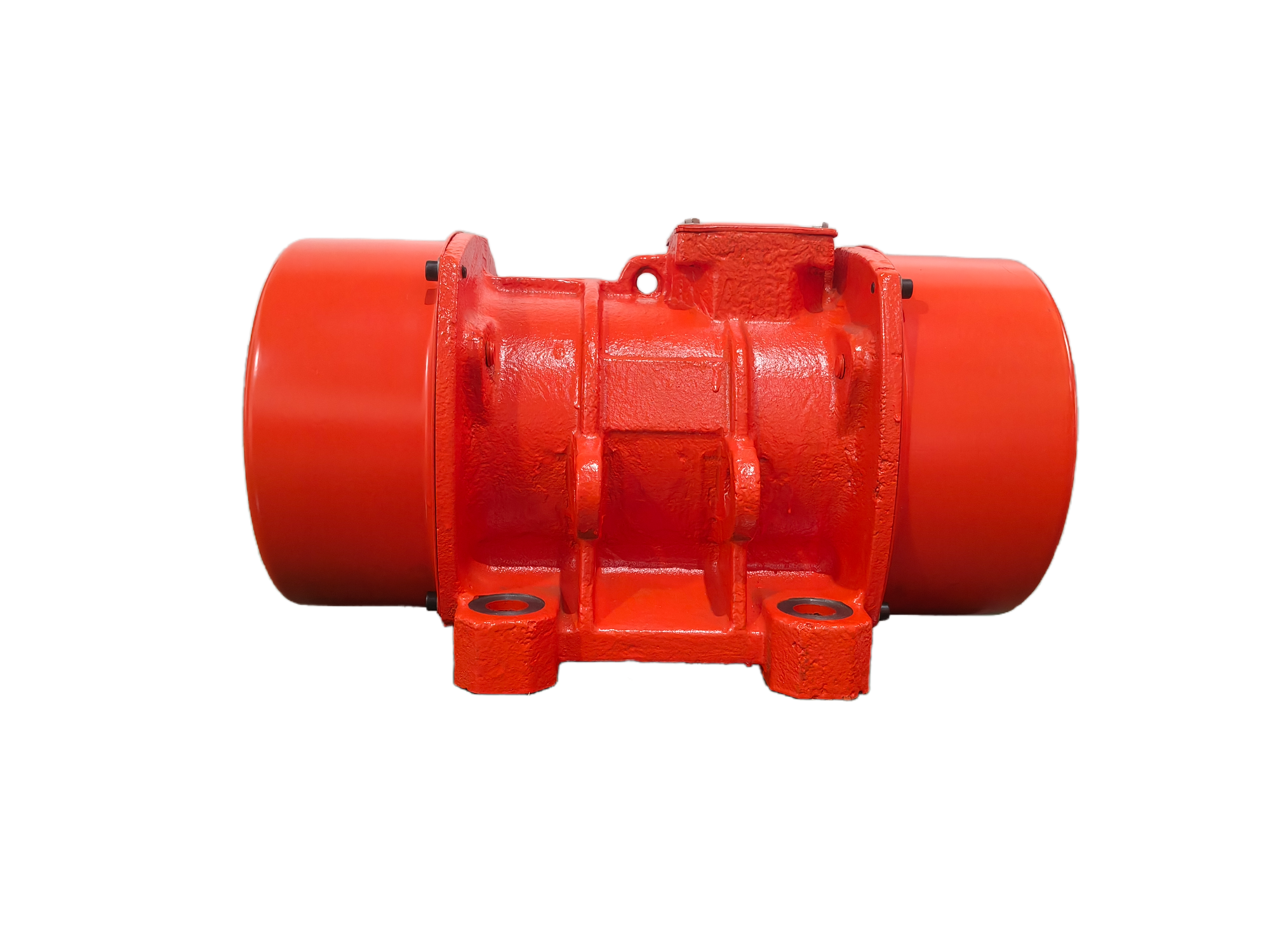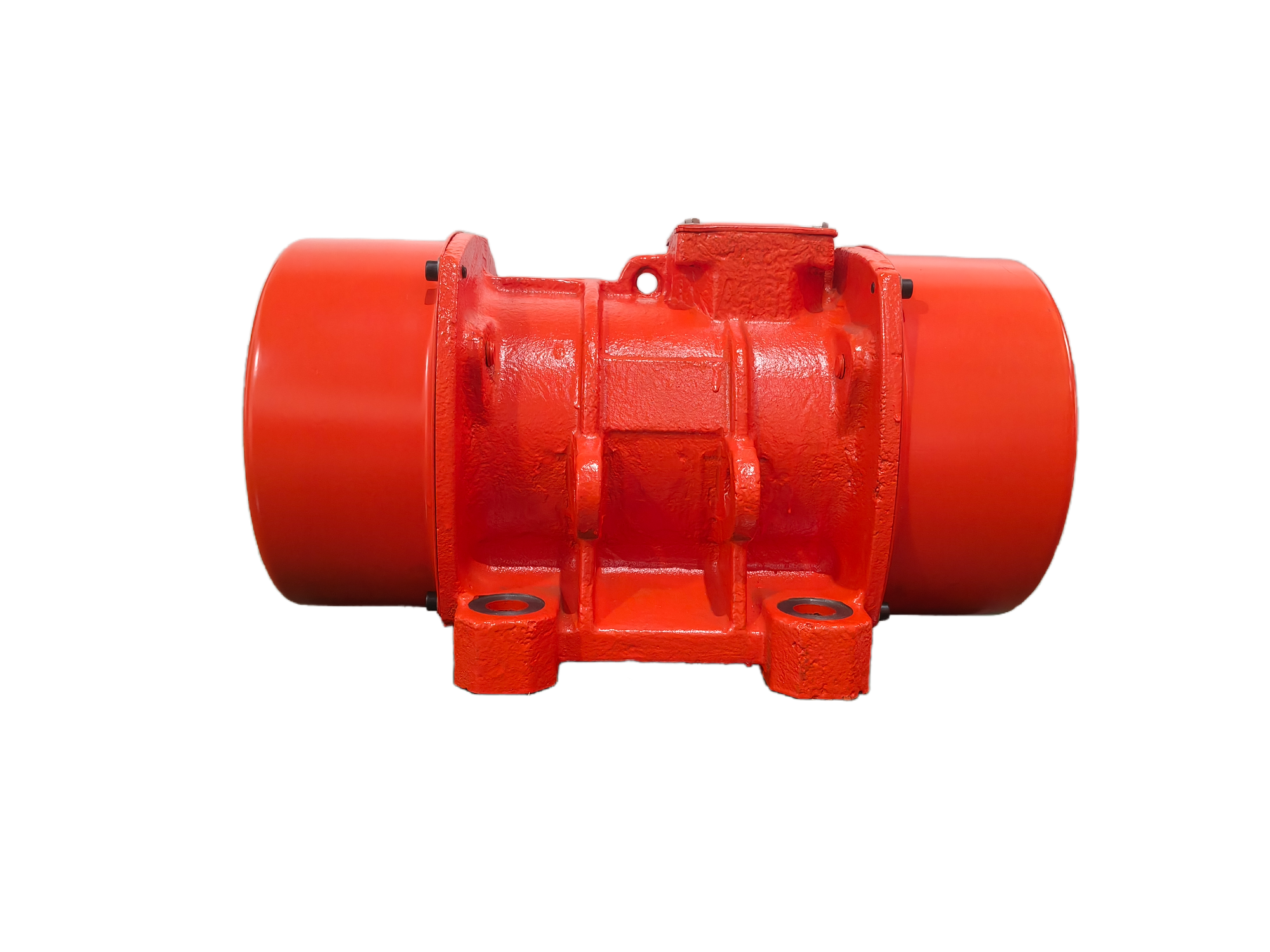Industrial vibrator motors play a crucial role in various industrial applications, providing the necessary vibratory force to ensure efficient material handling, conveying, and compaction processes. These robust motors are designed to withstand the demanding environments of factories and construction sites, offering reliable performance even under heavy loads and continuous operation. By converting electrical energy into mechanical vibration, industrial vibrator motors facilitate the movement of bulk materials such as grains, powders, and aggregates, enhancing productivity and reducing manual labor.

Working Principle
Mechanism of Vibration
The fundamental working principle of an industrial vibrator motor lies in its ability to create forced vibrations. These motors typically use either unbalanced weights or electromagnetic forces to generate the vibrations.
Unbalanced Weight Mechanism:
In this mechanism, the motor contains a rotating shaft with an unevenly distributed weight. As the shaft rotates, the centrifugal force created by the unbalanced weight causes the motor to vibrate. The frequency and amplitude of these vibrations can be adjusted by varying the speed of the motor and the distribution of the unbalanced weight.
Electromagnetic Mechanism:
Electromagnetic vibrator motors utilize electromagnetic fields to create vibrations. They consist of a fixed stator and a movable armature. When an alternating current is passed through the stator coils, it generates a fluctuating magnetic field, which attracts and repels the armature, causing it to vibrate. The intensity and frequency of the vibrations can be controlled by adjusting the current and the design of the electromagnetic system.
Energy Conversion and Efficiency
Industrial vibrator motors efficiently convert electrical energy into mechanical vibrations. The efficiency of this conversion depends on several factors, including the design of the motor, the type of material being vibrated, and the operating conditions. To maximize efficiency, manufacturers often employ advanced materials and precision engineering techniques during the manufacturing process.
Applications
Material Handling and Conveying
One of the most common applications of industrial vibrator motors is in material handling and conveying systems. These motors are used to vibrate conveyors, hoppers, and chutes, facilitating the flow of materials such as grains, powders, and small parts. By applying controlled vibrations, the motors prevent material build-up and ensure smooth, continuous conveying.
Compaction and Settlement
Industrial vibrator motors are also widely used in compaction and settlement applications. In construction and earthmoving projects, these motors are attached to rollers or plates to vibrate and compact soil, asphalt, and other materials. This process improves the density and stability of the compacted layer, enhancing the overall quality of the construction work.
Sorting and Separation
In industrial sorting and separation processes, vibrator motors play a critical role. They are used in vibrating screens and separators to classify and separate particles based on size, density, or other physical properties. The vibrations cause the particles to move and interact with the screening media, allowing for efficient separation of different materials.
De-Airing and Densification
In manufacturing processes involving pourable materials, such as plastics and metals, vibrator motors are used to remove air bubbles and ensure proper densification. By vibrating the molds or containers, the motors help to compact the material and eliminate voids, leading to improved product quality and reduced waste.
Testing and Measurement
Industrial vibrator motors also find application in testing and measurement equipment. They are used in vibration test rigs to simulate real-world conditions and assess the durability and reliability of products. Additionally, they are employed in sensors and measurement devices to detect vibrations and provide valuable data for monitoring and control purposes.
Conclusion
Industrial vibrator motors are versatile devices with a wide range of applications in material handling, compaction, sorting, and various other industrial processes. Their working principle, based on forced vibrations generated by unbalanced weights or electromagnetic forces, allows for efficient conversion of electrical energy into mechanical vibrations. By understanding the mechanisms and applications of these motors, industries can leverage their capabilities to optimize processes, improve productivity, and enhance product quality. As technology advances, industrial vibrator motors are likely to become even more efficient and adaptable, playing an increasingly important role in modern industrial operations.
https://www.sudazhendong.com/working-principle-and-application-of-industrial-vibrator-motor.html


